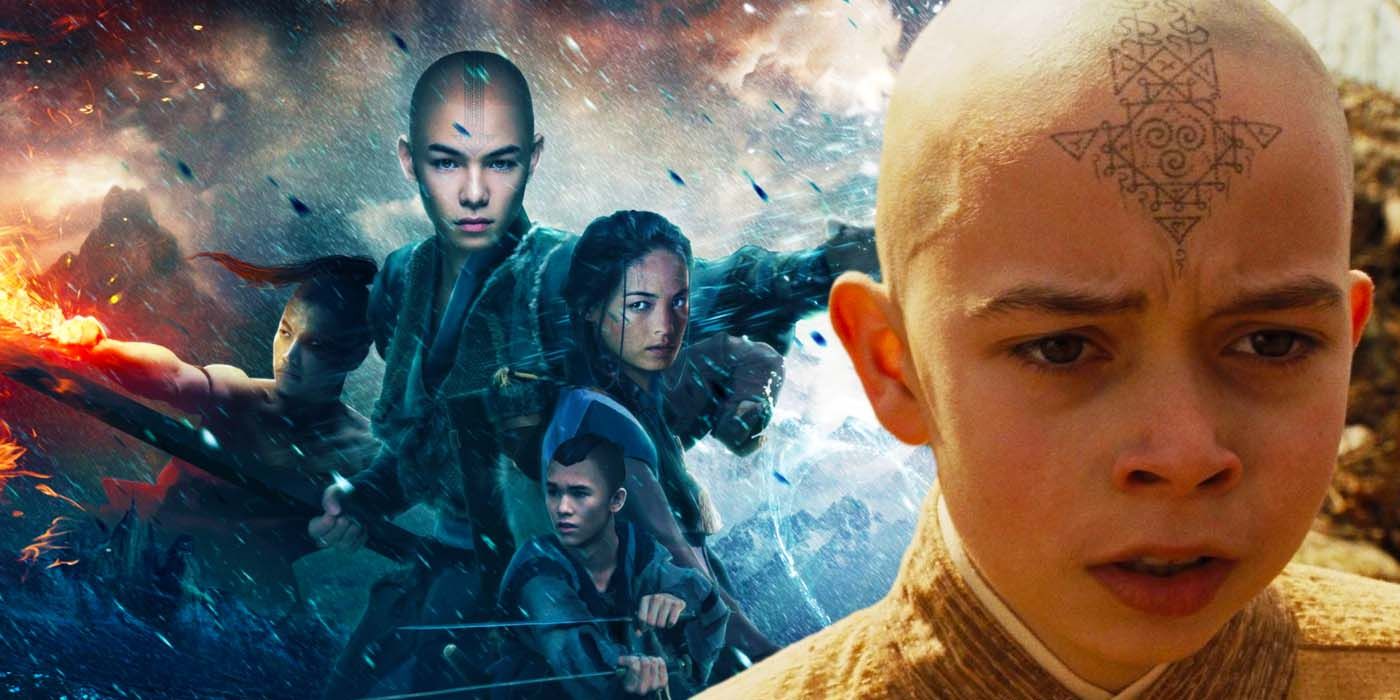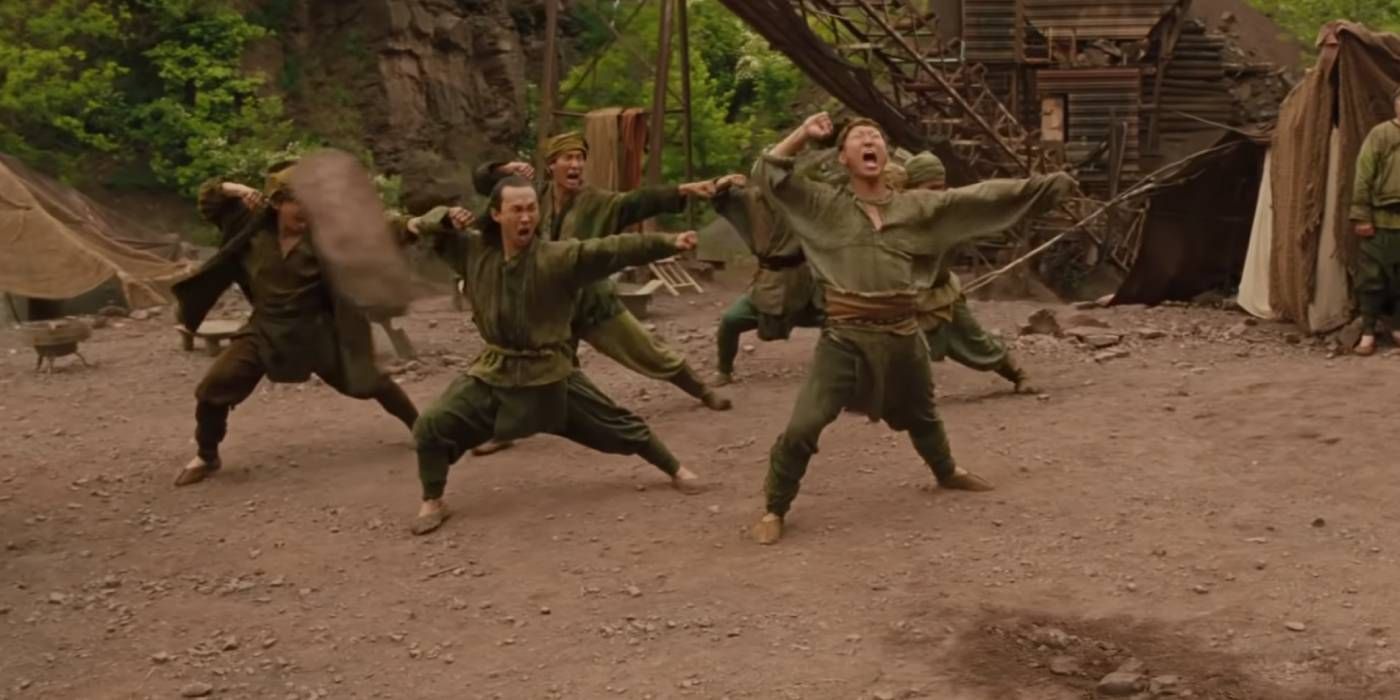Netflix's upcoming live-action reboot of Avatar: The Last Airbender needs to avoid one of the major failings that 2010's The Last Airbender is infamous for. The animated Avatar series began on Nickelodeon in 2005, and ran for three seasons. It was also followed by a sequel series The Legend of Korra, which ran for four seasons from 2012 to 2014.
In the Avatar universe, the world is divided into the Four Nations, each based upon a different element. Individuals known as "benders" are capable of telekinetically controlling or "bending" the element of their respective nation. The Avatar is alone in being able to master all four elements of Water, Earth, Fire, and Air. In Avatar, the last of the Airbenders, Aang (Zach Tyler Eisen), must master all of the elements in order to halt the Fire Nation's conquest of the world.
As Avatar's very popular 2020 addition to Netflix can attest to, a big part of the reason for its longevity is the concept of bending it introduced. This facilitated some of the best animated martial arts ever produced. The same sadly can't be said about the bending seen in the series' live-action adaptation, M. Night Shyamalan's The Last Airbender. Among the many ways in which The Last Airbender dropped the ball, the film's fight choreography utterly failed to capture the essence of bending that initially made Avatar a hit.
In Avatar's world, the bending of a specific element corresponds to a different form of Chinese martial arts. Tai Chi is used for Water, Hung Ga for Earth, Northern Shaolin for Fire, and Baguazhang for Air. Earthbending was also expanded a bit with Aang's friend Toph Beifong (Michaela Jill Murphy), whose Earthbending is based on Chu Gar Southern Praying Mantis. With the bending of each element constituting its own martial art, the action sequences of Avatar are as eclectic as they are exciting.
On Avatar, rooted stances and powerful movements are seen in Earthbending, with softer, fluid motions used for Waterbending. Meanwhile, Firebending represents a middle ground of both with its Northern Shaolin influences, while evasive circular movements and open-palm techniques are used for Airbending. The Last Airbender unfortunately failed to take this to heart in designing its bending. Instead, the film's action scenes played out like generic Tai Chi pantomimes. On top of that, the film's bending also involved far too much movement and effort just to get an element started.
2010's The Last Airbender's bending-based action scenes were, in a nutshell, simply a mess. With Netflix's new Avatar story in the works, the streaming platform has the chance to properly showcase bending in live-action. In point of fact, getting the bending right with each element standing out from the rest is an absolute mandate for Netflix's take on Avatar. Nearly two decades since its debut, Avatar's adulation hasn't died down in the least. When it comes to Netflix's Avatar: The Last Airbender continuing that, the bending of Water, Earth, Fire, and Air can very likely be expected to be at the top of the list of righting the many wrongs of M. Night Shyamalan's The Last Airbender.


